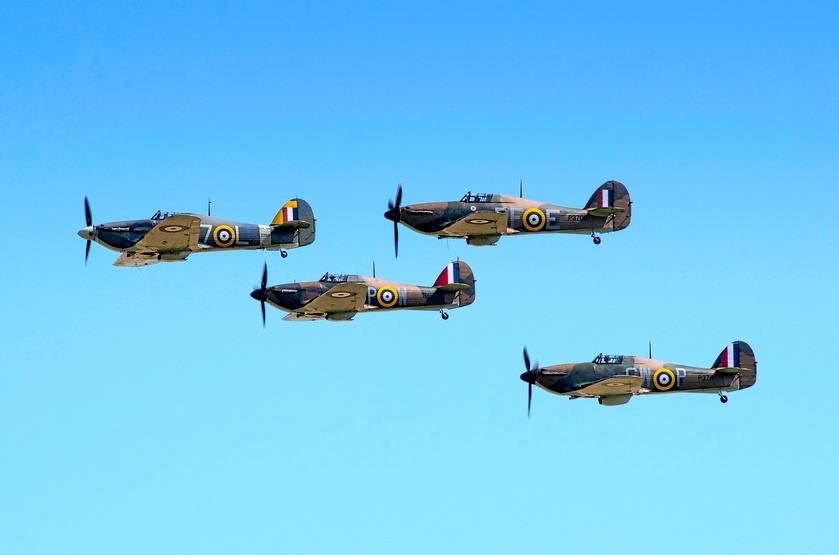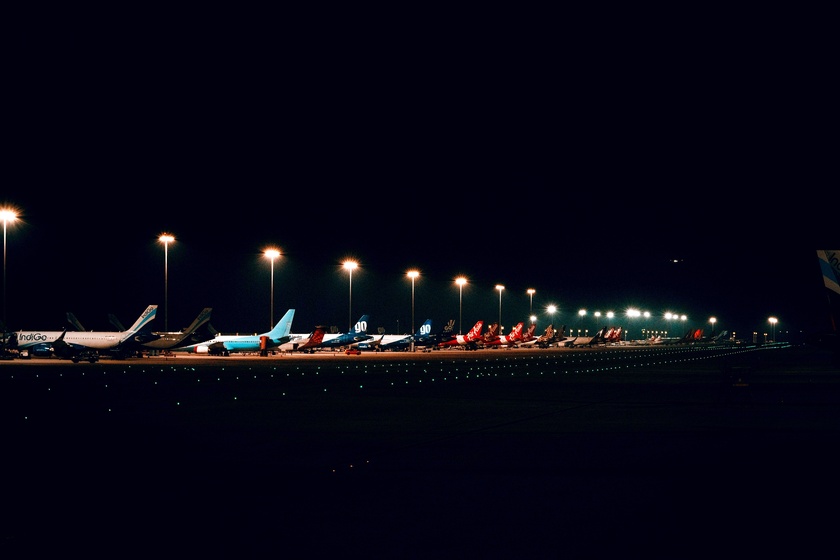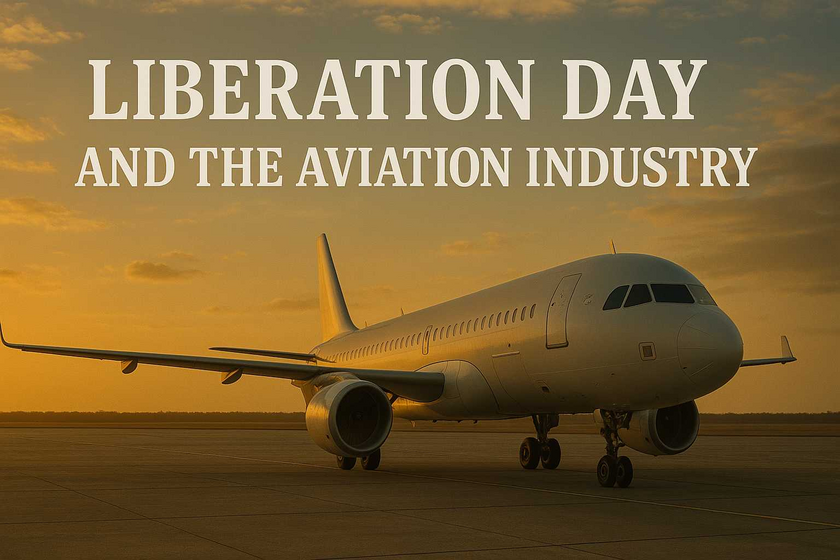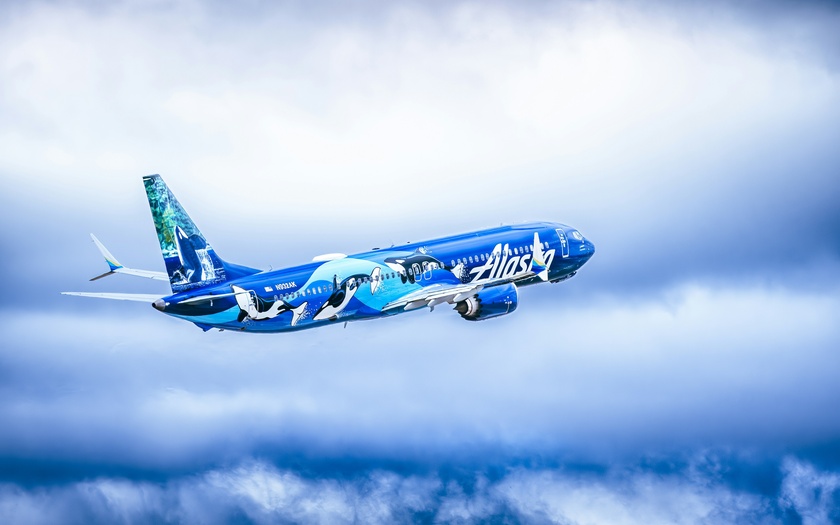Dear Reeder. For those of you who are located in the United States, we hope you had a restful and wonderful Labor Day weekend. For those outside the US, we hope your week has started great so far.
In this digest, we have provided you with a wide range of stories and articles that provide insights on what’s going on in the aviation space from the economics of aviation, sustainability, regulation, training, new technology, airlines, travel, and so much more. However, in this week’s digest, we would like to shift gears a little bit and take a look back in history at some notable moments in the history of aviation. We hope that this will shed some light on where we are coming from as an industry, in a bid to understand how we got here, and what the future might look like.
Top 10 Moments In Aviation History That Changed Flight Forever

In modern times, flying may not seem all that remarkable. The magic of seeing a machine in the sky has faded as it became a common method of transit. However, flight's journey from idea to a part of everyday practice is anything but unremarkable. Many may think of the Wright brothers, Orville and Wilbur Wright, and their famous lift-off in North Carolina in December 1903 when asked to think about the early stages of flying. But the idea of flight began long before the Wright brothers made their daring venture. As early as the 1400s, Leonardo da Vinci was conjuring up ideas of aviation and publishing them with his works.
From a dream to an outstanding accomplishment to the beginnings of military aviation in 1911 to commercial flights and private jets, the long history of flight has generated more styles of transport than some could have ever believed. Some moments along the way have been so grand on the scale of aviation history that they altered flight forever in one way or another.
By Kathryn Olvera | ClashGear
The Most Tragic Plane Crashes in History

A total of 228 people died during air travel in 2022. That figure represents an increase from the previous year, when 178 people died in airline accidents. Despite that increase, it is still a tremendous improvement from prior decades. From 1958 to 1980, at least 1,000 people died in crashes every year, including a staggering 2,389 in 1972. Clearly, air safety has improved dramatically, and while crashes can sometimes occur, most of the worst flight catastrophes occurred in the 20th century.
To find the worst airplane accidents ever, 24/7 Wall St. reviewed the Aviation Safety Network’s database on collisions and accidents. These accidents were ranked by the number of fatalities. All other data comes from the Aviation Safety Network’s database.
There are many causes of plane crashes, including miscommunication, loss of flight control, pilot error, physical deterioration of the aircraft, and failure to maintain flight path. The reason for the deadliest plane crashes in history was communication breakdown that resulted in a collision between two jetliners.
By John Harrington | 24/7 Wall St.
Miraculous: Aviation History's 5 Most Amazing Fatality-Free Emergency Landings

While aviation is one of the safest modes of transportation, occasional incidents do occur. These incidents encompass various events, such as bird strikes, technical malfunctions, and weather-related challenges. Buckle up as we explore five incredible emergency landings that saved countless lives.
1. Olympic Airways Flight 411
Olympic Airways Flight 411 originated from Athens' Ellinikon International Airport on August 9th, 1978, bound for New York JFK. The flight operated using a Boeing 747-200 series aircraft, which boasted improved engines and a higher maximum takeoff weight for extended range. The aircraft's registration was SX-OAA.
During takeoff on a hot summer day with 400 passengers and 18 crew members, one of the jet's engines exploded due to overheating caused by the mistakenly turned-off water injection cooling system. Despite this, the plane committed to takeoff, climbing slowly and retracting landing gear at a low altitude, in contrast to the 747 manual, to prevent a stall.
By Vincenzo Claudio Piscopo | Simple Flying
History: 5 Key Turning Points In The History Of Icelandair & Its Predecessors

Icelandair has a long history – tracing its beginnings back to 1937. It has grown from having a small fleet of sea-planes operating domestic flights to a major international airline with all-Boeing fleet today. This article takes a quick look at five of the most significant moments in its history.
1. Starting an airline in 1937
Of course, starting its first flights is a key milestone in the history of any airline. But this was an especially bold step in a country with a population of around 117,000 at the time. A public company, called Flugfélag Akureyrar, was established on June 3rd 1937. Central to its establishment was Agnar Kofoed-Hansen. He was an aviator and Minister of Aviation from 1936 to 1945 (and again in the 1950s to 1970s) who strongly supported the airline’s formation.
The new airline started service with a Waco seaplane in mid-1938. These were charter flights, and it operated this way until 1942 when scheduled services began. At this time, the airline expanded (now based in the capital, Reykjavik) and took on a larger network and one additional aircraft. In 1944, the fleet expanded again with several new aircraft (including the Consolidated PBY Catalina flying boat). The beginnings of the major scheduled airline it was to become were now underway.
By Justin Hayward | Simple Flying
Note: The views and opinions expressed in the content shared in this digest are for informational purposes only, are solely those of the original content creators, and do not constitute an endorsement by or necessarily represent the views of On Aviation™ or its affiliates.
Thank you for reading this week's On Aviation™ digest. In your view, what is the most remarkable moment in aviation’s history? Please share your thoughts in the comments below. Remember to check out our On Aviation™ Podcast and continue the conversation on our Twitter and Instagram.
Orlando - On Aviation™


















